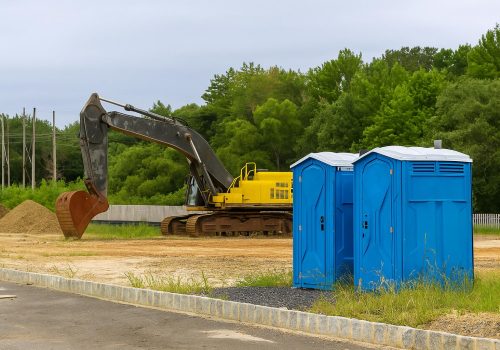The Role of Bushfire Risk Assessment in Land Use Planning
As we witness an increasing number of wildfires across the globe, the need to integrate bushfire risk assessment into land use planning has never been more crucial. This process is vital to reduce the potential impact of fires on life, property, and the environment.
The Power of Land Use Planning
Land-use planning is a potent tool that can significantly reduce the risk of bushfires. It can guide communities to grow and develop with a keen awareness of wildfire threats. Tools such as zoning and detailed plans can help manage land effectively, minimising the chances of disastrous fires.
Design Features for Risk Reduction
Designing urban spaces with bushfire risk reduction in mind is another critical aspect. This involves managing the density, location, and design of structures, reducing vulnerability to ember attacks, and integrating building and planning. A balanced and good plan can help strike a balance between bushfire risks and the expansion of peri-urban and rural environments.
Fire-Adapted Communities
Land use planning can also help communities become fire-adapted and resilient. This means designing and managing communities in ways that make them safer and more resilient in the face of increasing wildfire potential.
The Role of Bushfire Management Consultants
In this context, the role of bushfire management consultants cannot be overstated. These professionals bring a wealth of knowledge and experience to the table, helping communities understand and mitigate bushfire risks. They also aid in developing effective strategies for land use that prioritize safety without compromising development.
Spatial Planning and Wildfire Risk Management
Spatial planning plays a critical role in managing wildfire risk. It allows for the operationalization of wildfire risk reduction considerations across the Wildland-Urban Interface (WUI), providing a territorial approach to risk management.
A Changing Climate: Adapting Bushfire Risk Management
With the climate crisis escalating, it’s imperative to adapt our bushfire risk management strategies. Spatial planning has a significant role to play in this aspect, continually evolving to respond to the changing dynamics of bushfire threats.
Conclusion
In conclusion, the integration of bushfire risk assessment into land use planning is an essential step towards reducing the impact of wildfires. It involves a multifaceted approach, encompassing land-use planning, interdisciplinary action, design features for risk reduction, and the creation of fire-adapted communities. In the face of a changing climate, adapting these strategies will be key to ensuring the safety and resilience of our communities.





